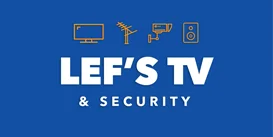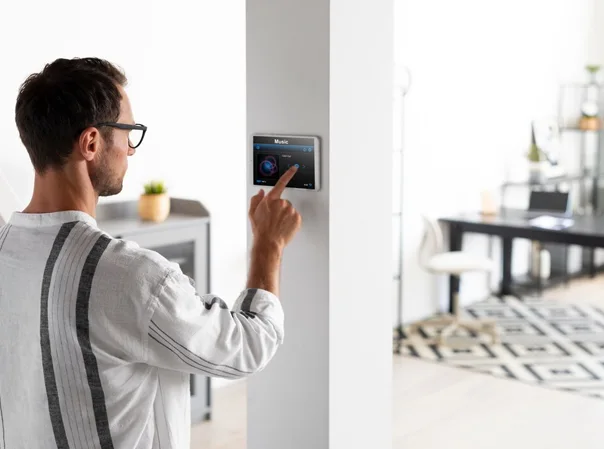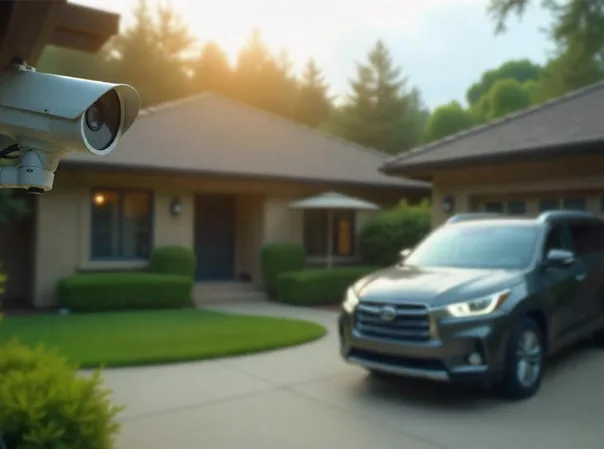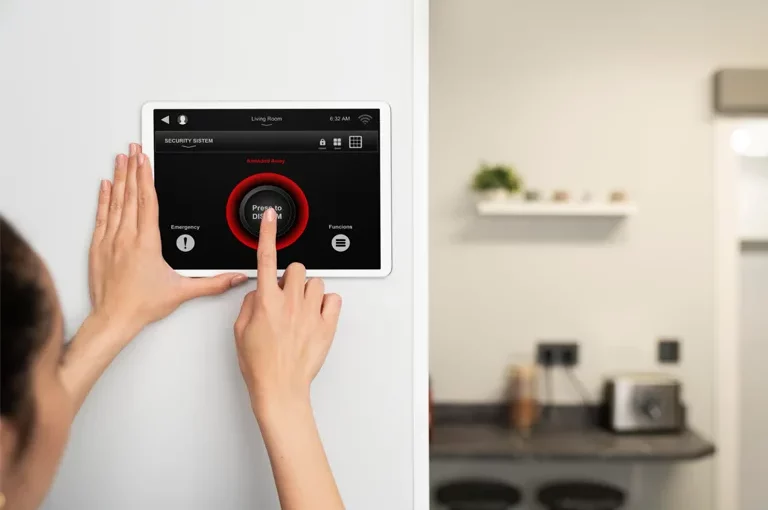Your Guide to Smarter, Stress-Free Protection with Lef’s TV & Security
Introduction
Did you know 62% of Australian burglaries target homes without security systems? (ABS, 2023). Whether you’re renting in Sydney’s inner suburbs or own a farm in regional Queensland, modern threats demand modern solutions. At Lef’s TV & Security, we’ve spent over a decade cutting through the confusion to deliver security that works for Australian lifestyles. Let’s debunk eight stubborn myths holding homeowners and renters back.
Myth 1: “Security Systems Are Only for Wealthy Suburbs”
The Truth: Break-ins in regional NSW jumped 18% in 2023, proving crime isn’t confined to cities or “rough” neighborhoods. Thieves target opportunity, not postcodes.
Lef’s Solution:
- Our entry level starter kits includes six wireless cameras and NVR —perfect for apartments or granny flats.
Myth 2: “Burglars Don’t Care About Alarms”
The Truth: 80% of thieves admit they’ll skip homes with visible cameras (WA Police, 2023). A flashing LED light alone can deter crime.
Lef’s Solution:
- Install security cameras throughout the perimeter of your property with smartphone monitoring. Cover all blind spots.
Myth 3: “You’re Stuck in a Long-Term Contract”
The Truth: While some providers lock you into 36-month plans, Lef’s offers flexible month-to-month monitoring. Contact us for flexible plans.
Lef’s Promise:
- Cancel anytime—no exit fees.
- Bonus: System health checks every 6 months for active subscribers.
Myth 4: “Renters Need Landlord Approval for Everything”
The Truth: Under Australian tenancy laws, you can install wireless, damage-free devices without permission.
Lef’s Renters’ Range:
- Peel-and-Stick Cameras: Remove cleanly with no residue.
- Portable Door Sensors: Alerts via app, no screws required.
Myth 5: “Smart Cameras Break Privacy Laws”
The Truth: Complying with Australia’s Privacy Act 1988 is simple:
- Avoid pointing cameras at neighbours’ properties or public footpaths.
- Use encrypted cloud storage (standard in all Lef’s systems).
Lef’s Ethics: We provide free positioning guides to ensure your setup respects privacy.
Myth 6: “Installation Requires an Electrician”
The Truth: Modern systems are designed for DIY.
Lef’s DIY Edge:
- 15-Minute Setup: Scan a QR code, stick a camera, done.
- 24/7 Aussie Support: Call or chat if you get stuck.
Myth 7: “You Need NBN for Monitoring”
The Truth: Our 4G Cellular Backup keeps you connected during outages—critical in bushfire zones.
Myth 8: “Council Permits Are Mandatory for CCTV”
The Truth: Residential systems meeting AS 4806.2-2006 standards (like Lef’s) don’t require permits.
When Permits Apply:
- Commercial properties.
- Cameras covering public streets (e.g., apartment building entrances).
Conclusion
Security shouldn’t be complicated, expensive, or tied to myths. At Lef’s TV & Security, we blend Australian-made pragmatism with global tech to give you control. Whether you’re a renter, rural homeowner, or city dweller, there’s a Lef’s solution that fits—no contracts, no guesswork.
FAQ
1. “Can I take my Lef’s system when I move?”
- Absolutely! Our wireless kits are designed for portability.
2. “Do solar cameras work in cloudy areas?”
- Yes! Our panels generate power even in Melbourne’s gloomiest winters.
Ready for Myth-Free Security?
Book a free, no-pressure consultation with Lef’s TV & Security today. We’ll assess your home, bust the BS, and recommend a Home Security system in Melbourne that actually works.
Also Read : The Ultimate Guide to Choosing a Security System for Business
How CCTV Installation in Melbourne is Being Used to Prevent Crime




